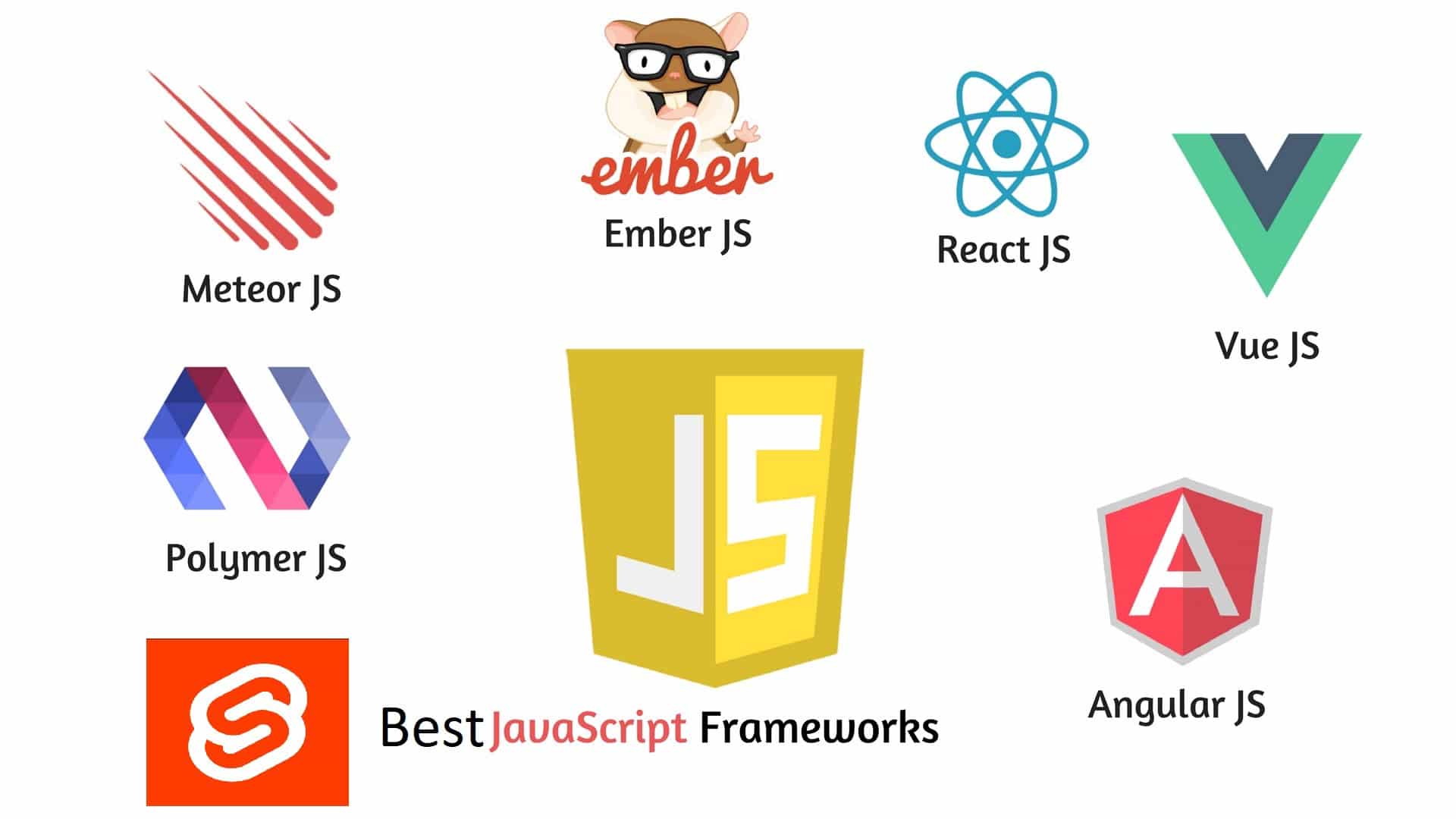Introduction: In the ever-evolving landscape of web development, JavaScript frameworks play a pivotal role in shaping the way modern web applications are built. With a plethora of options available, developers are often faced with the challenge of choosing the right framework for their projects. In this comprehensive guide, we'll delve into some of the most popular JavaScript frameworks, exploring their features, use cases, and advantages.

React.js:
Developed by Facebook, React.js has rapidly gained popularity for its component-based architecture and efficient rendering using a virtual DOM.
Ideal for building dynamic user interfaces in web applications, React's declarative syntax and reusable components simplify the development process.
Its extensive ecosystem, including tools like React Router and Redux, empowers developers to create scalable and maintainable applications.
Angular:
Backed by Google, Angular is a full-fledged framework that provides features like two-way data binding, dependency injection, and modular development.
Suitable for building large-scale applications, Angular's comprehensive toolset offers solutions for routing, form handling, and state management out of the box.
With its TypeScript support and robust CLI, Angular facilitates the development of enterprise-grade applications with enhanced type safety and productivity.
Vue.js:
Vue.js is renowned for its simplicity and versatility, offering a progressive framework that can be incrementally adopted into existing projects.
With its approachable syntax and detailed documentation, Vue.js appeals to developers of all skill levels, making it an excellent choice for prototyping and building small to medium-sized applications.
Despite its lightweight nature, Vue.js provides powerful features like reactivity, component-based architecture, and Vue Router for building sophisticated single-page applications.
Node.js:
While not traditionally considered a frontend framework, Node.js has revolutionized server-side development by allowing JavaScript to run on the server.
Leveraging event-driven, non-blocking I/O, Node.js enables the development of high-performance, scalable web applications and APIs.
With its vast ecosystem of packages and modules available through npm, Node.js facilitates full-stack JavaScript development, providing seamless integration between the frontend and backend layers of an application.
Svelte:
Svelte distinguishes itself from traditional frameworks by shifting much of the work to compile time, resulting in highly optimized and efficient JavaScript code.
Its intuitive syntax, known as Svelte's reactive declarations, enables developers to write components using familiar HTML, CSS, and JavaScript, without the need for a virtual DOM.
By eliminating the runtime overhead associated with frameworks like React or Vue, Svelte offers improved performance and smaller bundle sizes, making it an excellent choice for building fast and lightweight web applications.
Conclusion: As the demand for interactive and feature-rich web applications continues to grow, the importance of JavaScript frameworks cannot be overstated. Whether you're building a small personal project or a large-scale enterprise application, choosing the right framework is crucial for achieving your development goals. By understanding the features, use cases, and advantages of each framework discussed in this guide, you'll be better equipped to make informed decisions and embark on your journey to building cutting-edge web applications.
